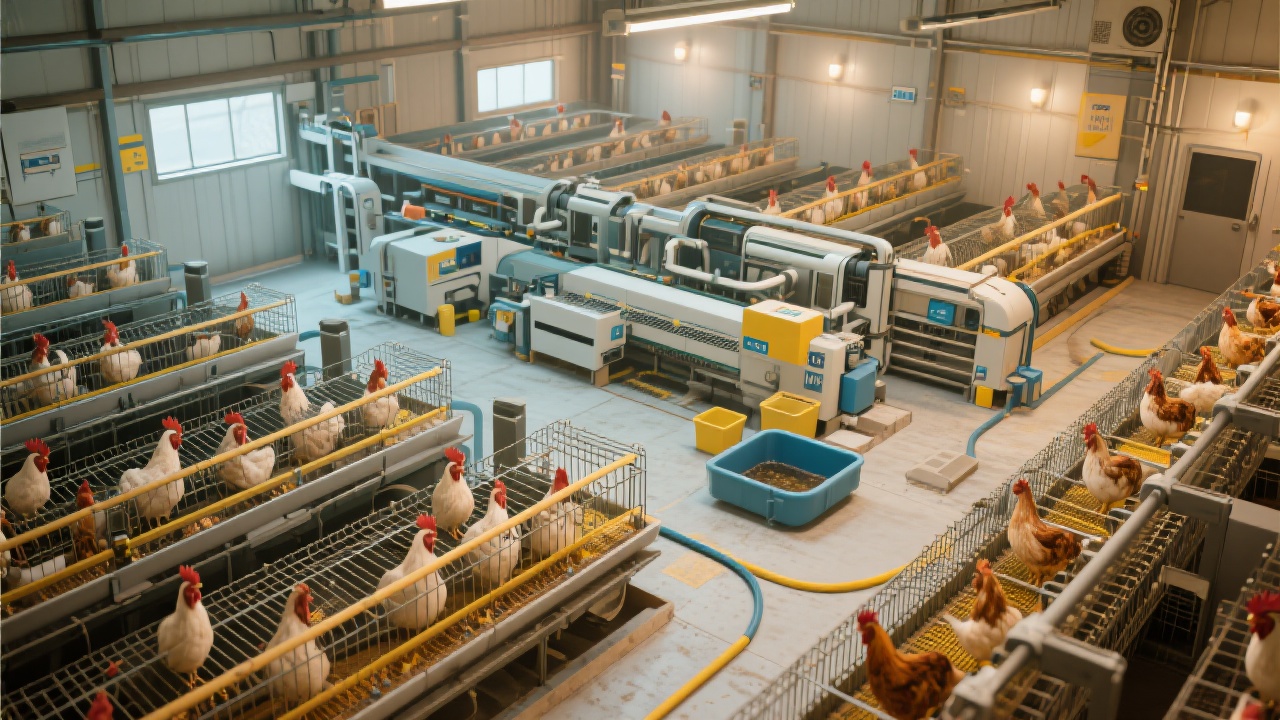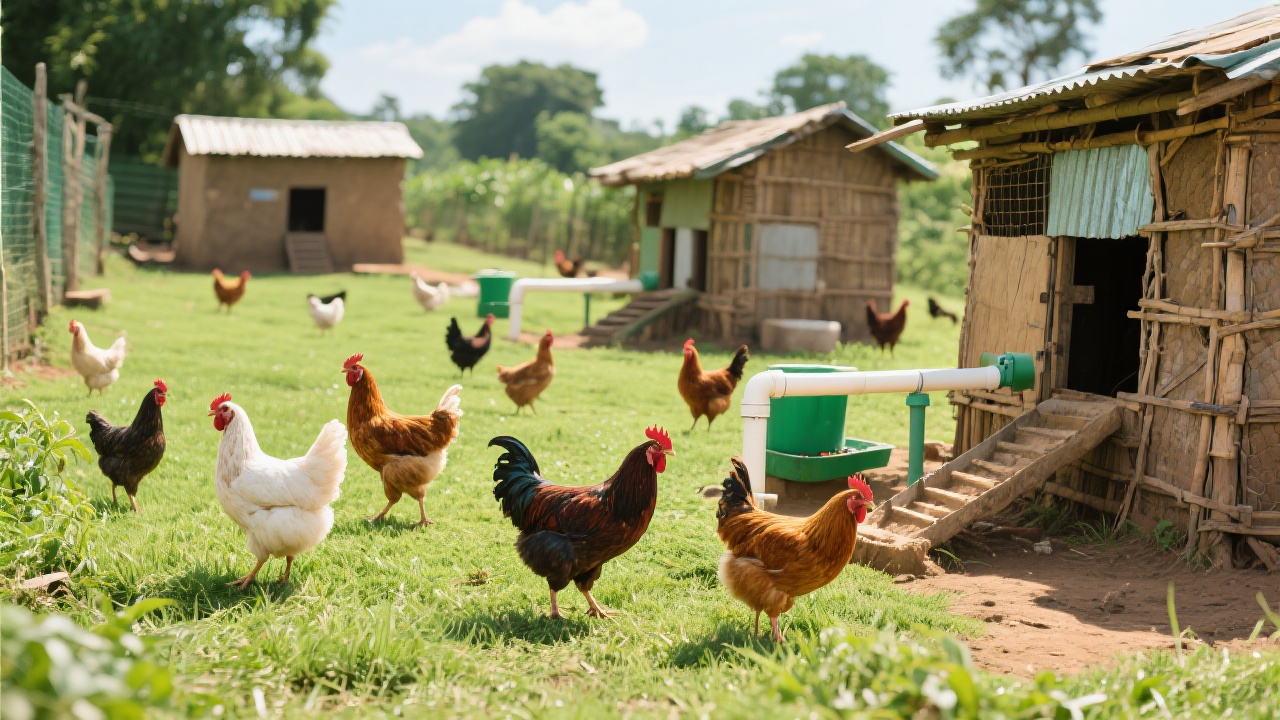
In the global poultry industry, maximizing space efficiency without compromising bird welfare is a top priority—especially as land costs rise and labor becomes more expensive. That’s where H-frame layer cages come in. Unlike traditional single-tier or flat-floor systems, this design isn’t just about stacking chickens—it’s about engineering airflow, light distribution, and operational ease into every square meter.
The H-shape structure allows for vertical stacking while maintaining optimal clearance between tiers (typically 45–50 cm). This means you can increase stocking density by up to 30–50% compared to conventional setups—without overcrowding birds or reducing ventilation quality. For example, one 5,000-bird farm in Mexico saw a 42% increase in output per m² after switching to H-frame cages, all while keeping feed conversion ratios stable.

Traditional cage designs often trap heat and moisture at lower levels. The H-frame’s open geometry creates natural convection currents—hot air rises through the center column, pulling fresh air in from below. In field trials conducted across Spain, India, and Brazil, farms using H-frame cages reported:
| Metric | Before H-Frame | After H-Frame |
|---|---|---|
| Air Exchange Rate (m³/h per bird) | 0.8 | 1.4 |
| Temperature Uniformity (°C) | ±2.5 | ±1.2 |
This improved airflow directly reduces respiratory issues—a major cause of mortality in confined flocks—and cuts down on ammonia buildup, which impacts eggshell quality.

Many farms underestimate how uneven lighting affects laying cycles. With H-frame cages, sunlight penetrates more evenly due to the open frame design—not just at ground level but across all tiers. A study in Kenya found that farms using H-frame cages achieved an average of 93% lay rate versus 87% in older models—attributed largely to consistent photoperiod exposure across all birds.
Take the case of a Thai cooperative that upgraded from single-layer cages to H-frame systems:
“We didn’t just add more birds—we made each square meter work smarter,” said the farm manager. “That’s what we call ‘省地不减效,才是真集约’—or in English: ‘Space-saving doesn’t mean output loss—it means smart farming.’”
You might be asking: Is your chicken house using every inch efficiently? If not, it’s time to rethink your cage system—not just for today, but for the next decade of sustainable production.
Ready to maximize your farm’s potential?
Get Your Free Cage Layout Optimization Guide
